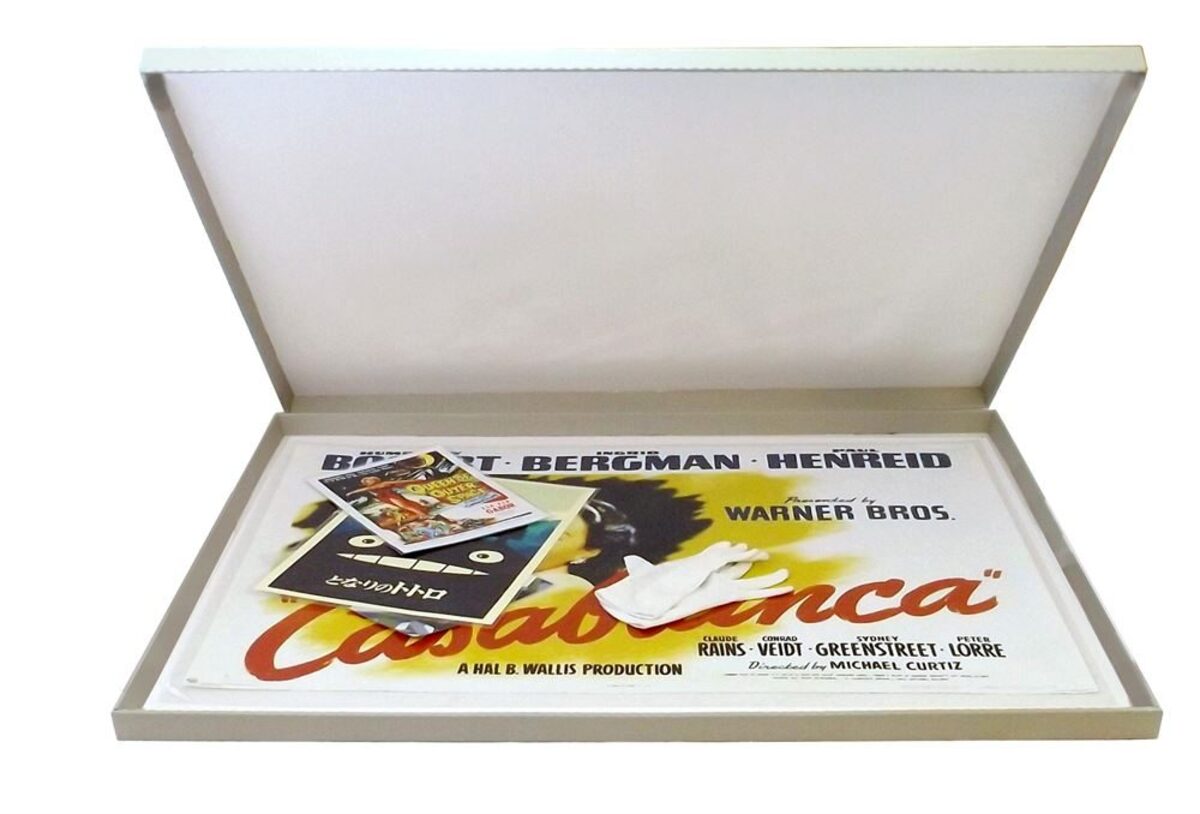

Articles
How To Store Posters Flat
Modified: August 16, 2024
Learn how to properly store articles, such as posters, flat to prevent damage and preserve their quality. Discover the best techniques and tips for efficient article storage.
(Many of the links in this article redirect to a specific reviewed product. Your purchase of these products through affiliate links helps to generate commission for Storables.com, at no extra cost. Learn more)
Introduction
Posters are a popular form of artwork and a way to display your favorite movies, music, sports teams, or artistic designs. Whether you collect posters as a hobby or use them to decorate your living space, it is essential to store them properly to ensure their longevity and preserve their quality.
One of the best methods for storing posters is to keep them flat. Storing posters flat not only helps to prevent creases, wrinkles, and tears but also allows for easy organization and access. In this article, we will guide you through the process of storing posters flat, providing tips, materials, and step-by-step instructions to help you maintain your poster collection.
By storing your posters flat, you can enjoy them for years to come without worrying about damage or deterioration. So, let’s dive in and learn how to store your posters correctly!
Key Takeaways:
- Storing posters flat is crucial for preserving their quality and longevity. By using acid-free materials, preparing posters carefully, and choosing the right storage space, you can ensure that your collection remains in pristine condition for years to come.
- While storing posters flat is the preferred method, alternative options such as rolling, framing, or using flat files can be viable depending on space limitations. Regardless of the method chosen, proper storage is essential for protecting and enjoying your poster collection.
Read more: How To Store Poster Board
Why Storing Posters Flat is Important
Storing posters flat is crucial for maintaining their condition and prolonging their lifespan. Here are a few reasons why this method is preferred over other storage options:
- Prevents Creases and Wrinkles: Storing posters flat eliminates the risk of creases and wrinkles that can occur when posters are folded or rolled up. Creases not only diminish the overall appearance of the poster but can also be challenging to remove, sometimes permanently damaging the artwork.
- Preserves Color and Image Quality: Posters stored flat experience fewer instances of color fading, image distortion, and ink deterioration. By keeping them flat and protected, you can ensure that the vibrant colors and sharpness of the images remain intact for a long time.
- Easier Organization and Access: Storing posters flat makes it easier to organize and browse your collection. Instead of struggling with rolled-up or folded posters, you can simply stack them horizontally or place them in protective sleeves, allowing for quick and convenient access whenever you want to display or enjoy them.
- Reduces Risk of Damage: Flat storage minimizes the risk of accidental damage, such as tears, punctures, or moisture-related issues. By keeping posters in a controlled and stable environment, you can protect them from tears caused by mishandling and prevent water damage that can occur when posters are stored in humid or damp conditions.
- Long-Term Preservation: Storing posters flat provides better long-term preservation than alternative methods. Rolled-up posters, for example, can experience damage over time due to the pressure exerted on the inner layers. By storing them flat, you reduce the risk of buckling or warping, ensuring their longevity.
Overall, storing posters flat is essential for maintaining their pristine condition, preserving their quality, and facilitating easy access whenever you want to admire or display them. Now that we understand the importance of storing posters flat, let’s move on to the next section and explore how to choose the right storage space.
Choosing the Right Storage Space
When it comes to storing your posters flat, selecting the right storage space is crucial. Here are some factors to consider when choosing the ideal location:
- Avoid Direct Sunlight: Sunlight can fade colors and damage paper over time. Choose a storage space that is away from windows or use curtains or blinds to block out direct sunlight.
- Maintain Stable Temperature and Humidity: Fluctuations in temperature and humidity can lead to deterioration and damage. It is best to store your posters in a space where the temperature and humidity levels remain constant. Avoid areas that are prone to extreme temperature changes or high humidity, such as basements or attics.
- Keep Away from Moisture and Water: Moisture and water can cause irreversible damage to posters. Ensure that the storage space is dry and free from any leaks or potential water sources.
- Consider Climate-Controlled Options: If you have valuable or delicate posters, consider investing in a climate-controlled storage solution. These units regulate temperature and humidity, providing the optimal conditions for long-term poster preservation.
- Avoid Areas Prone to Pests: Keep your posters away from areas that are susceptible to pests like rodents or insects. These creatures can chew or cause other damage to your collection.
Additionally, consider the size of your poster collection and the available space you have. If you have a significant number of posters, you might need to allocate a separate storage area or invest in storage solutions like cabinets, drawers, or flat files specifically designed for poster storage.
By carefully selecting the right storage space, you can minimize the risk of damage and ensure the optimal preservation of your posters. Once you have identified the suitable storage area, it is time to prepare your posters for storage, which we will discuss in the next section.
Preparing the Posters for Storage
Before storing your posters flat, it is crucial to prepare them properly to ensure their protection and longevity. Here are the steps to follow:
- Clean and Dust: Start by gently cleaning the surface of your posters to remove any dust or dirt. Use a soft, lint-free cloth or a feather duster to carefully wipe the poster’s surface. Avoid using cleaning agents, as they can potentially damage the artwork.
- Repair Any Damage: Assess your posters for any tears, creases, or other damage. If possible, repair small tears or creases with acid-free tape or archival adhesive. For larger repairs or significant damage, it is advisable to seek professional assistance from a conservator.
- Remove Acidic Materials: If your poster came in contact with acidic materials, such as non-archival tape or paper, it is essential to remove them. Acidic materials can cause yellowing and deterioration over time. Use a microspatula or a gentle adhesive remover to carefully remove any unwanted substances from the poster’s surface.
- Reinforce the Edges: The edges of posters are particularly prone to damage, so reinforce them to prevent future issues. You can use acid-free tape or archival adhesive to strengthen the edges, providing added protection during storage.
- Add a Barrier: Consider adding a barrier between your posters to prevent any potential transfer of ink or color. Acid-free tissue paper or archival interleaving paper can be placed between each poster to provide a protective layer.
By following these steps, you can ensure that your posters are in the best possible condition before storing them flat. Now let’s explore the materials you will need for proper flat storage.
Materials Needed for Flat Storage
To store your posters flat, you will need the following materials:
- Acid-Free Boards: Acid-free boards, also known as backing boards, are essential for providing rigid support to your posters. These boards should be slightly larger than your posters to ensure complete coverage and protection.
- Acid-Free Sleeves or Clear Plastic Bags: Individual acid-free sleeves or clear plastic bags are useful for protecting your posters from dust, moisture, and other potential contaminants. These sleeves or bags should be large enough to accommodate your posters without excessive folding or bending.
- Archival Storage Containers: Archival quality storage containers, such as acid-free boxes or portfolios, are ideal for keeping your posters safe from light, dust, and physical damage. Choose containers that are appropriately sized for your collection and provide a snug fit for the posters.
- Acid-Free Tissue Paper: Acid-free tissue paper is an excellent addition to your poster storage supplies. It can be used to separate individual posters and provide an extra protective layer, preventing ink transfer and abrasion.
- Acid-Free Tape or Archival Adhesive: Acid-free tape or archival adhesive is useful for reinforcing the edges of your posters or making minor repairs. Opt for acid-free options to ensure they won’t damage the posters or leave residue over time.
- Gloves: While handling your posters, it is advisable to wear clean cotton gloves or use clean hands. This helps prevent oils, dirt, and other residues from transferring onto the posters’ surface.
- Permanent Marker or Labeling Materials: Use a permanent marker or labeling materials to mark your storage containers with relevant information such as the title, year, or category of the posters. This labeling will assist in easy identification and organization.
Investing in high-quality archival materials and using acid-free products ensures that your posters are protected from harmful substances and can be safely preserved for years to come. Now that you have the necessary materials, let’s move on to the step-by-step guide for storing posters flat.
Store posters flat in acid-free sleeves or between acid-free boards to prevent creasing and yellowing. Keep them in a cool, dry place away from direct sunlight to preserve their quality.
Read more: How To Store Posters Rolled Up
Step-by-Step Guide to Storing Posters Flat
Follow these steps to store your posters flat and ensure their proper preservation:
- Prepare Your Materials: Gather all the materials needed, including acid-free boards, acid-free sleeves or clear plastic bags, archival storage containers, acid-free tissue paper, acid-free tape or archival adhesive, gloves, and labeling materials.
- Clean and Prepare the Surface: Ensure that the surface where you will be working is clean and free of any debris or potential contaminants.
- Lay Out Your Acid-Free Board: Start by laying out your acid-free board on your clean workspace. This will serve as the base or backing for your poster.
- Place Acid-Free Tissue Paper: If desired, you can place a sheet of acid-free tissue paper on top of the acid-free board to provide an extra protective layer between the board and the poster.
- Position the Poster: Carefully position your poster on top of the acid-free tissue paper, aligning it with the acid-free board. Make sure the poster is centered and lies flat without any folds or wrinkles.
- Secure the Poster: Use acid-free tape or archival adhesive to secure the corners of your poster to the acid-free board. Avoid using excessive amounts of tape or adhesive, as this can potentially damage the poster in the future.
- Repeat for Additional Posters: If you have multiple posters to store, repeat the previous steps for each poster, using separate acid-free boards and acid-free tissue paper for each one.
- Place in an Acid-Free Sleeve or Clear Plastic Bag: Once each poster is secured to its acid-free board, slide it into an acid-free sleeve or clear plastic bag. Be sure to choose a sleeve or bag that is slightly larger than the board to allow for easy insertion and removal of the poster.
- Label and Organize: Use a permanent marker or labeling materials to mark each storage container with relevant information such as the poster’s title, year, or category. This will help you easily locate and identify specific posters in the future.
- Store in an Archival Storage Container: Finally, place the sleeved posters into an archival storage container, such as an acid-free box or portfolio. Ensure that the storage container provides a snug fit to prevent movement or damage during storage.
By following these step-by-step instructions, you can store your posters flat in a way that minimizes the risk of damage and ensures their long-term preservation. However, there are a few additional tips to keep in mind to optimize your poster storage, which we will explore in the next section.
Tips for Optimal Poster Storage
To ensure optimal storage and preservation of your posters, consider the following tips:
- Store in a Controlled Environment: Maintain a stable temperature and humidity level in your storage area. Avoid areas prone to extreme temperature changes, high humidity, or direct sunlight, as these can lead to damage or deterioration.
- Use Acid-Free and Archival Materials: Use acid-free boards, sleeves, and storage containers to protect your posters from acidic substances that can cause yellowing and deterioration over time. Archival materials are designed to provide long-term preservation for artworks.
- Avoid Overstuffing: Do not overcrowd your storage containers or stack them too high, as this can lead to unnecessary pressure and potential damage to your posters. Allow for some breathing room to ensure the posters are not bent or crumpled.
- Handle Posters with Care: When handling your posters, use clean hands or wear cotton gloves to avoid transferring oils and dirt onto the surface. Handle them gently and avoid bending or creasing them.
- Regularly Inspect and Rotate: Periodically inspect your stored posters to ensure they are still in good condition. Rotate them if possible to prevent any prolonged pressure on specific areas of the poster.
- Keep a Record: Maintain a record or inventory of your poster collection. This will help you keep track of what you have and make it easier to locate specific posters when you want to retrieve or display them.
- Consider Digitizing: If you have valuable or irreplaceable posters, consider digitizing them. By creating high-quality digital copies, you can enjoy the posters without exposing them to potential risks. However, digital copies should not replace proper physical storage.
- Protect Against Pests: Take measures to protect your stored posters from pests such as rodents and insects. Use pest control methods as necessary and avoid storing posters in areas prone to pest infestations.
- Don’t Hang Posters: Avoid hanging posters for long-term storage, as this can cause stress on the paper and lead to damage over time. Hanging is more suitable for displaying posters, rather than prolonged storage.
By implementing these tips, you can ensure that your posters remain in optimal condition and are well-preserved for future enjoyment. However, it is also important to be aware of common mistakes to avoid, which we will discuss in the next section.
Common Mistakes to Avoid
When it comes to storing posters flat, there are several common mistakes you should avoid to prevent damage or deterioration. Be mindful of the following:
- Using Non-Archival Materials: Using low-quality materials that are not acid-free or archival can lead to yellowing, discoloration, and damage to your posters over time. Always opt for acid-free and archival materials to ensure proper preservation.
- Storing in Inadequate Conditions: Improper storage conditions, such as areas with high humidity, direct sunlight, or fluctuating temperatures, can cause irreversible damage to your posters. Choose a controlled environment that is stable and free from potential hazards.
- Folding or Rolling Up Posters: Folding or rolling up posters for storage can lead to creases, wrinkles, and damage to the artwork. Storing them flat is the best method to preserve their condition and prevent unnecessary stress on the paper.
- Using Excessive Tape or Adhesive: When securing your posters to acid-free boards, avoid using excessive amounts of tape or adhesive. Over time, this can cause damage to the artwork and make it difficult to remove the tape without tearing the poster.
- Ignoring Regular Inspection: It is important to regularly inspect your stored posters to ensure they are still in good condition. Catching any issues early can help prevent further damage or deterioration.
- Neglecting Proper Handling Techniques: Mishandling posters, such as bending, folding, or gripping them with dirty hands, can result in damage to the artwork. Always handle posters with clean hands or wear gloves, and exercise caution when moving or organizing them.
- Not Providing Sufficient Protection: Failing to provide proper protection for your posters, such as using acid-free sleeves, can leave them vulnerable to dust, moisture, and other contaminants. Use appropriate protective materials to safeguard your posters.
- Storing Valuable Posters in Non-Secure Locations: Valuable or irreplaceable posters should not be stored in areas prone to pests or potential accidents, such as basements or areas with water sources. Choose a secure location that will minimize the risk of damage.
By avoiding these common mistakes, you can ensure that your posters are stored flat in the best possible way, preserving their quality and prolonging their lifespan.
While storing posters flat is the preferred method, there may be situations where alternative storage options are needed. In the next section, we will explore some alternative methods for storing posters.
Alternative Methods for Storing Posters
While storing posters flat is the optimal method for preservation, there are alternative options available depending on your space limitations or specific needs. Here are a few alternative methods for storing posters:
- Rolling: Rolling posters is a popular alternative when flat storage is not feasible. Use acid-free tubes specifically designed for poster storage. Roll the posters with the image facing inward to protect it, and secure the rolled poster with acid-free rubber bands.
- Framing: Framing your posters not only allows for easy display but also provides protection. Choose acid-free materials for framing, such as UV-protective glass or acrylic, and make sure the frame is securely sealed to prevent dust and moisture infiltration.
- Flat Files: Flat files are large, horizontal cabinets with multiple drawers designed for storing flat artwork. If you have a large poster collection, investing in a flat file can provide an efficient and organized storage solution.
- Tissue Interleaving in Stacked Storage: If you need to stack your posters for storage due to limited space, consider using acid-free tissue paper to separate each poster. This helps prevent ink transfer and protects the surfaces of the posters.
- Hanging Storage: If you have limited space and need easy access to your posters, hanging storage racks or shelves can be a practical option. Use acid-free sleeves or clear plastic bags to protect the posters while hanging them.
While these methods may not offer the same level of protection as storing posters flat, they can still be viable options depending on your circumstances. It’s important to assess your storage needs and choose the method that best suits your collection and available space.
Now that you are equipped with the knowledge of storing posters flat as well as alternative methods, let’s conclude with a summary.
Read more: How To Store Posters When Moving
Conclusion
Storing posters flat is essential for preserving their condition, protecting their quality, and ensuring their longevity. By following the steps and tips outlined in this guide, you can safely store your posters and enjoy them for years to come.
Choosing the right storage space is crucial, ensuring stable temperature and humidity levels and protection from sunlight, moisture, and pests. Preparing your posters by cleaning, repairing any damage, and reinforcing the edges helps maintain their pristine condition.
Using acid-free and archival materials, such as acid-free boards, sleeves, and storage containers, is vital to prevent damage from acidic substances. Adding acid-free tissue paper as a barrier and securing the posters gently but securely to the backing boards ensures their stability and protection.
Regularly inspecting and rotating your posters, as well as keeping a record of your collection, helps you stay organized and identify any issues or damage. Handling posters with care, avoiding excessive tape or adhesive, and storing valuable posters in secure locations are crucial to their preservation.
While storing posters flat is the preferred method, alternative options such as rolling, framing, flat files, tissue interleaving, or hanging storage can be utilized based on space limitations or specific needs.
By following these guidelines, you can store your posters flat or choose the most suitable storage method, ensuring their longevity and allowing you to continue enjoying your poster collection for years to come.
Remember, proper storage not only protects the investment you’ve made in your posters but also lets you enjoy their beauty and significance for many years to come.
Frequently Asked Questions about How To Store Posters Flat
Was this page helpful?
At Storables.com, we guarantee accurate and reliable information. Our content, validated by Expert Board Contributors, is crafted following stringent Editorial Policies. We're committed to providing you with well-researched, expert-backed insights for all your informational needs.


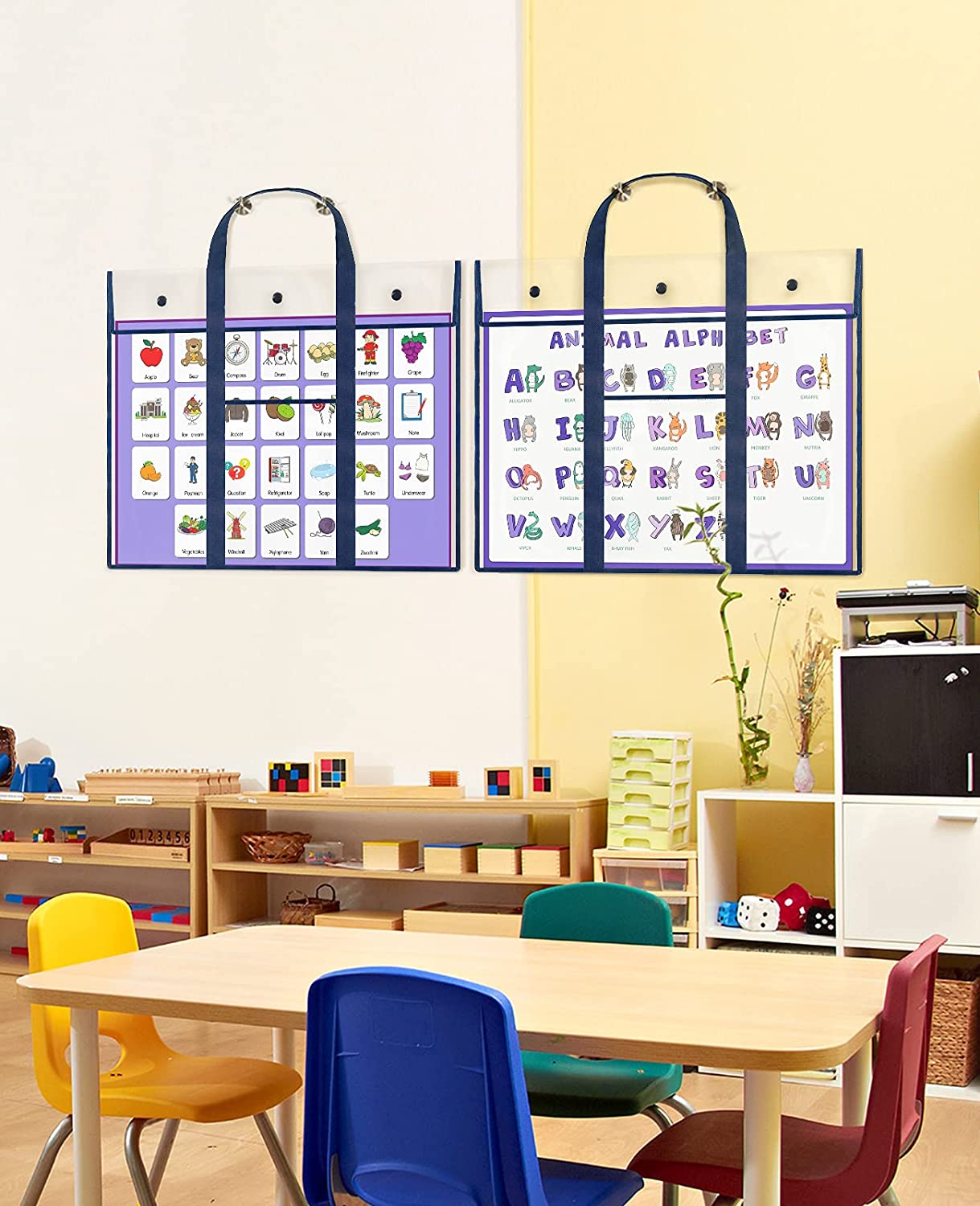
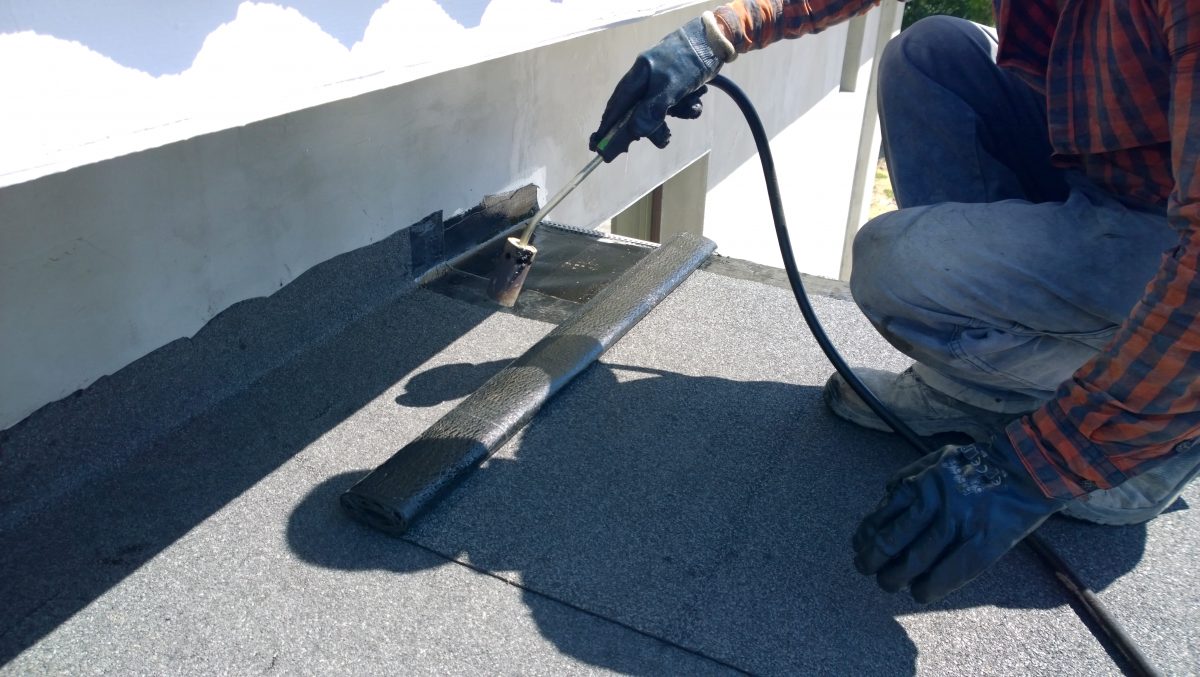
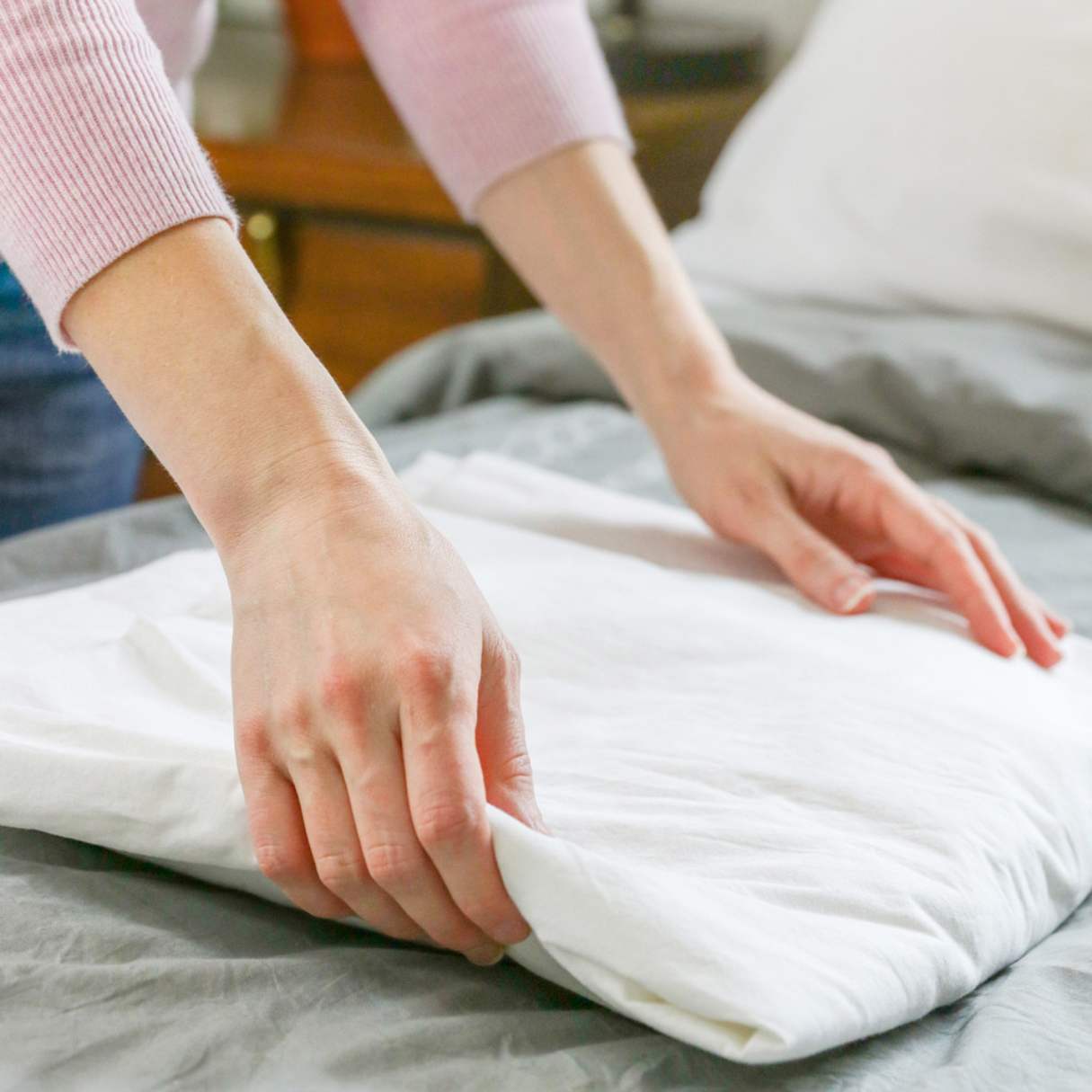
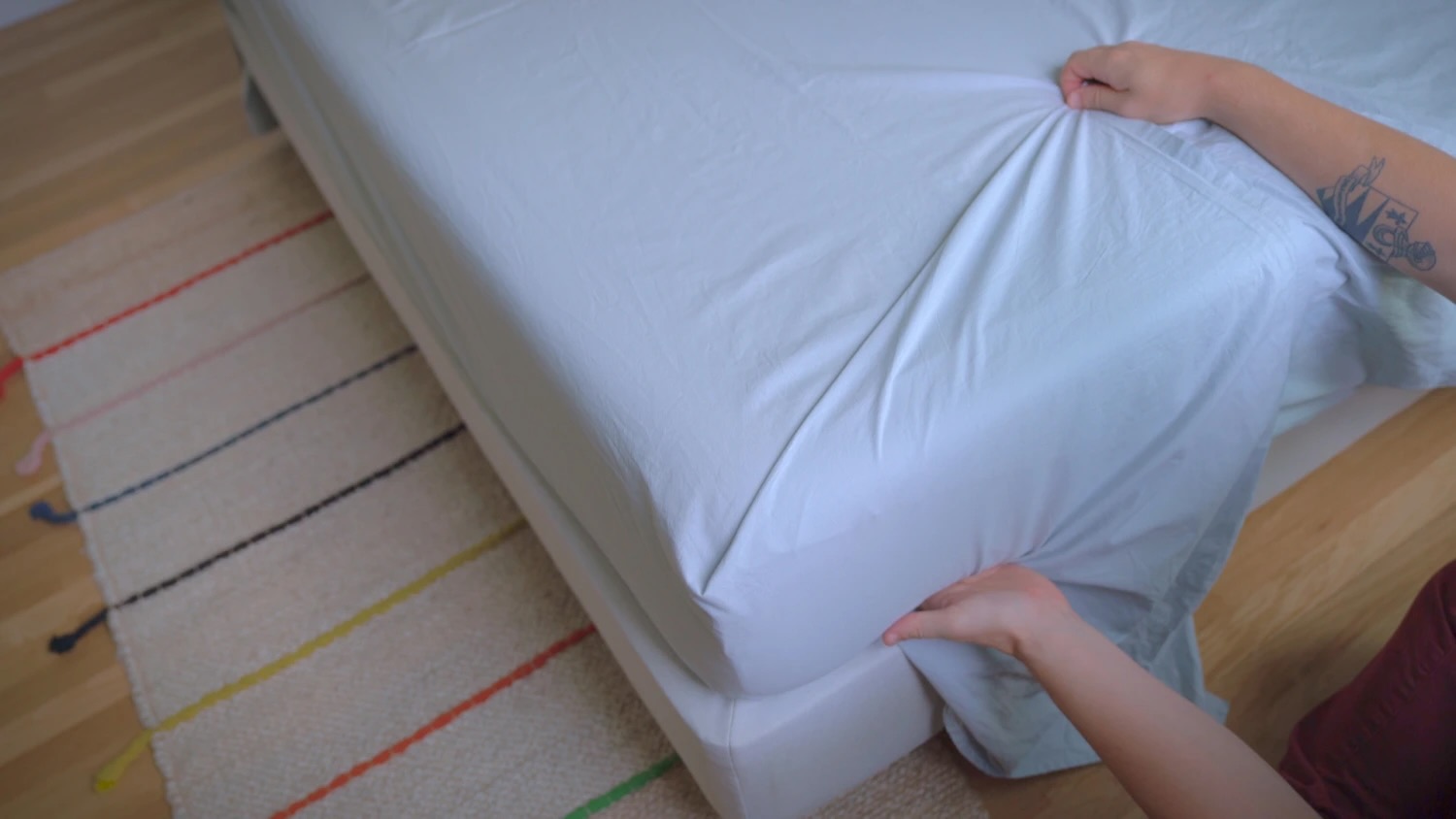
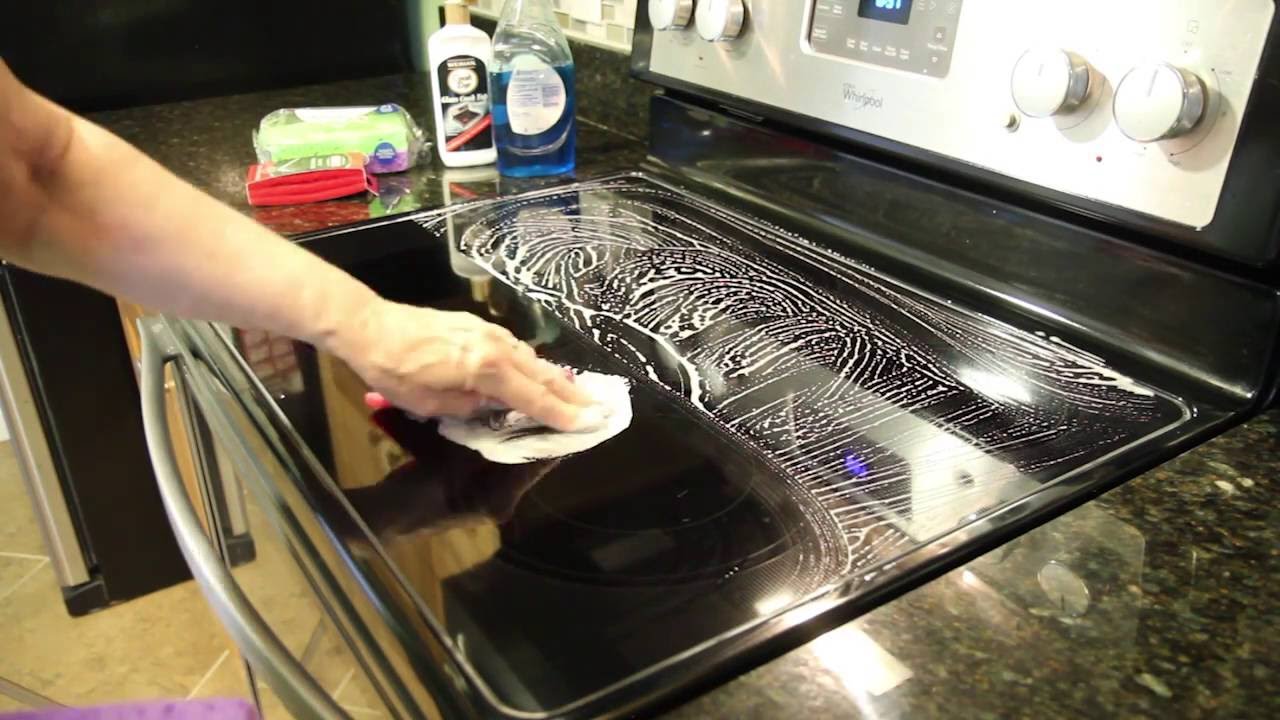
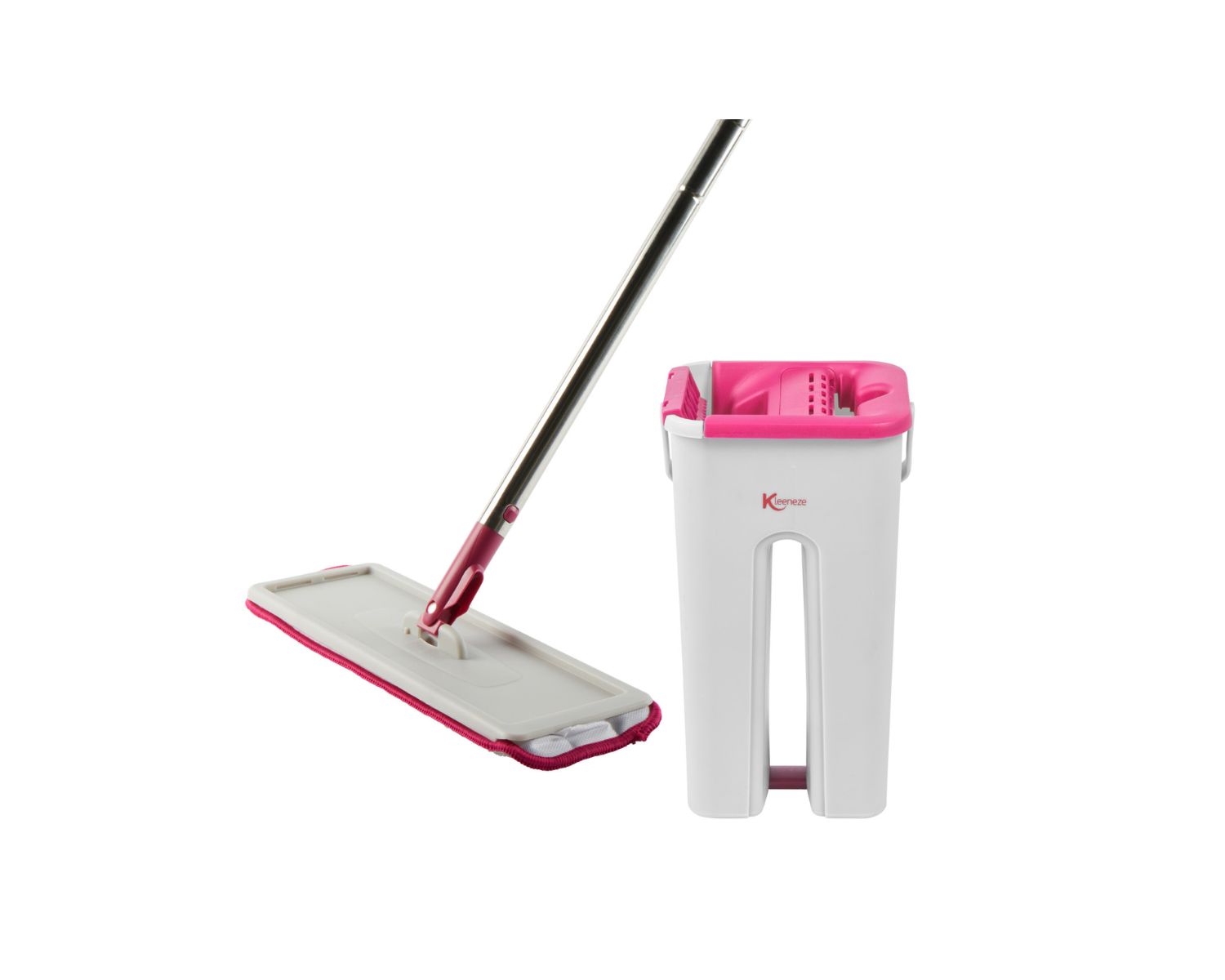


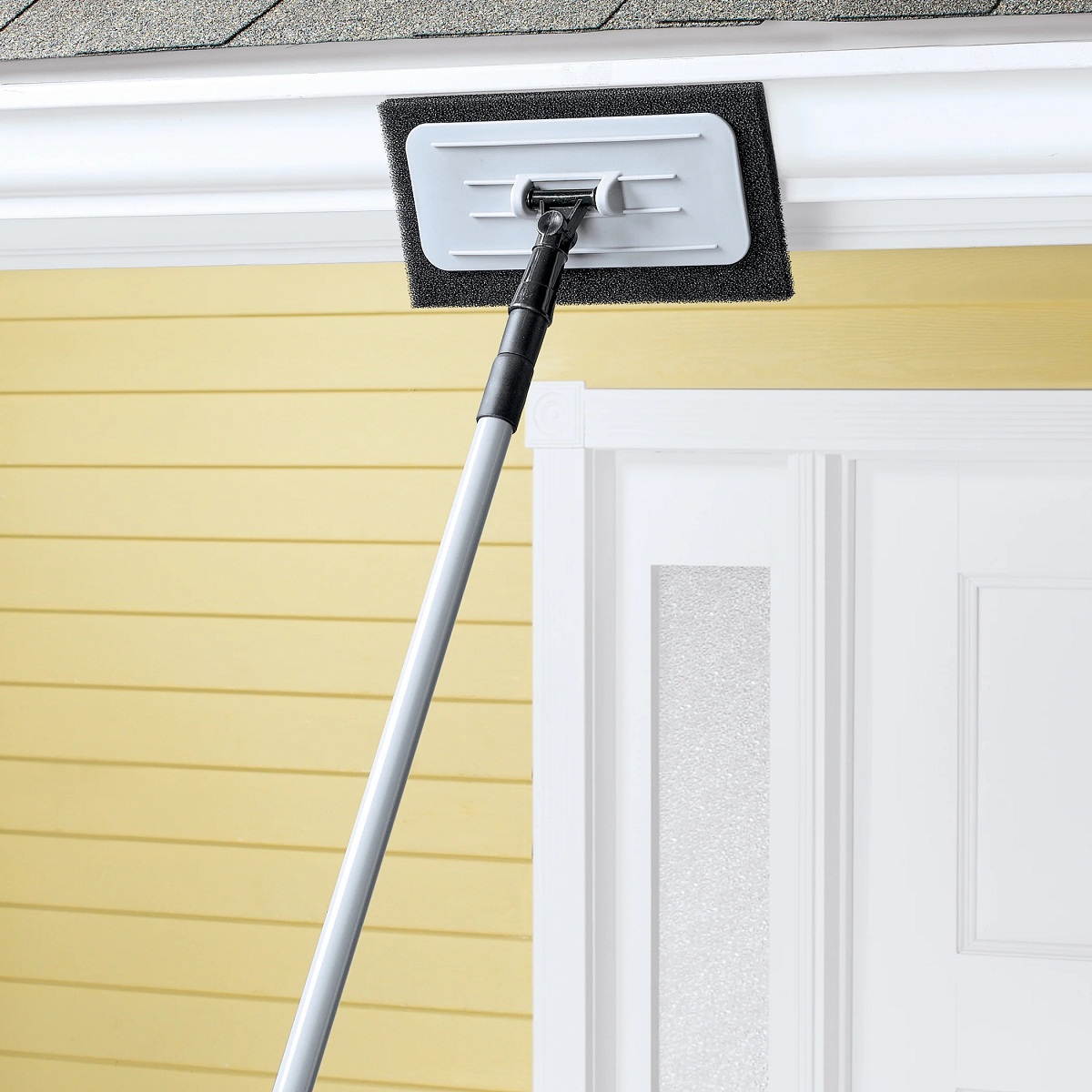
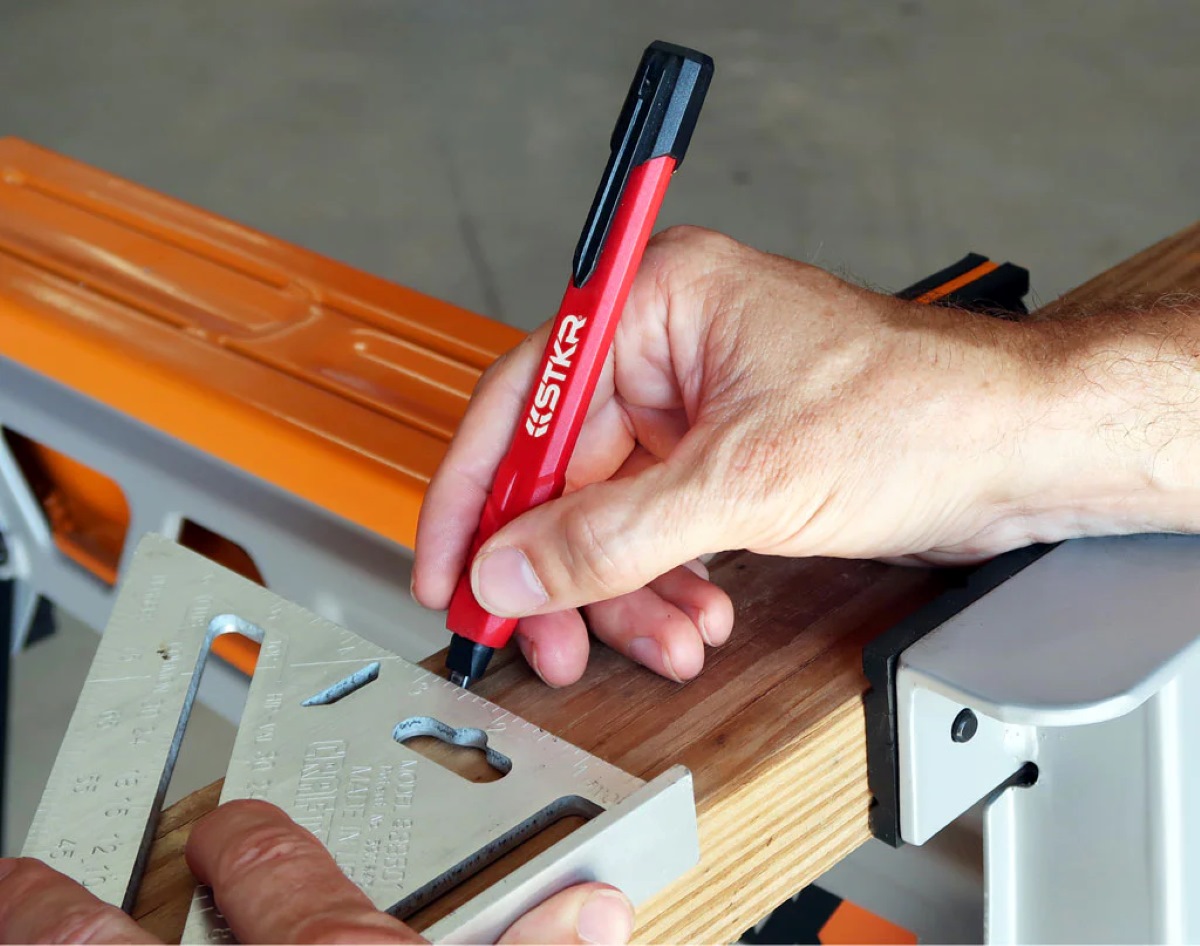


0 thoughts on “How To Store Posters Flat”